Anyone growing Owari Satsuma in ground in zone 7b?
lucky_cloud
6 years ago
Featured Answer
Sort by:Oldest
Comments (25)
Laura LaRosa (7b)
6 years agolucky_cloud
6 years agoRelated Professionals
Windham Landscape Architects & Landscape Designers · Kyle Landscape Architects & Landscape Designers · Salem Landscape Architects & Landscape Designers · Clermont Landscape Contractors · Annandale Landscape Contractors · Byram Landscape Contractors · Camp Verde Landscape Contractors · Chesapeake Ranch Estates Landscape Contractors · Dudley Landscape Contractors · Harrisburg Landscape Contractors · Norwalk Landscape Contractors · Pueblo West Landscape Contractors · Sun City Center Landscape Contractors · The Villages Landscape Contractors · Dent Stone, Pavers & ConcreteIke Stewart
6 years agolast modified: 6 years agolucky_cloud
6 years agolast modified: 6 years agoDave in NoVA • N. Virginia • zone 7A
6 years agolast modified: 6 years agolucky_cloud
6 years agoIke Stewart
6 years agoSilica
6 years agolast modified: 6 years agoIke Stewart
6 years agoParker Turtle
6 years agolast modified: 6 years agoIke Stewart
6 years agolast modified: 6 years agotheniceguy
6 years agolast modified: 6 years agoSilica
6 years agoIke Stewart
6 years agolast modified: 6 years agomksmth zone 7a Tulsa Oklahoma
6 years agolucky_cloud
6 years agonctropics
6 years agoIke Stewart
6 years agoponcirusguy6b452xx
5 years agoponcirusguy6b452xx
5 years agoTy Bert
last yearKen B Zone 7
last yearTy Bert
last yearherman zimmerman
last year
Related Stories

GARDENING GUIDES7 New Plants to Grow for Beautiful Foliage
Add color, structure and interest to your garden with these recently introduced plants that sport exceptional foliage
Full Story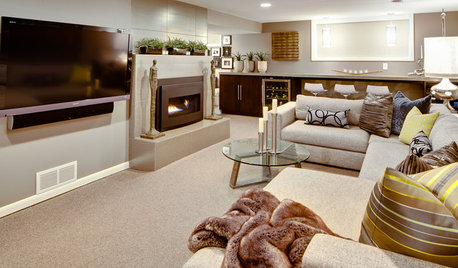
BASEMENTSBasement of the Week: From Dumping Ground to Family Zone in Minnesota
Erasing every trace of this basement's former life took creative thinking and smart design touches
Full Story
GROUND COVERSGround Force: 10 Top Ground Covers for Your Garden
Protect your soil from weeds and drought this summer with a living mulch of ground covers
Full Story
GARDENING GUIDES6 Dependable Ground Covers for Warm Climates
Swap some lawn for these drought-tolerant clumping plants — and watch your maintenance efforts diminish while they easily grow
Full Story
LANDSCAPE DESIGN7 Low-Maintenance Lawn Alternatives
Turf isn't the only ground cover in town. Get a lush no-grass lawn with clover, moss and other easy-care plants
Full Story
CONTAINER GARDENS7 Deer-Resistant Flowers for Your Summer Containers
Grow these as protection for edibles or just for their colorful beauty — deer might not like them, but everyone else will
Full Story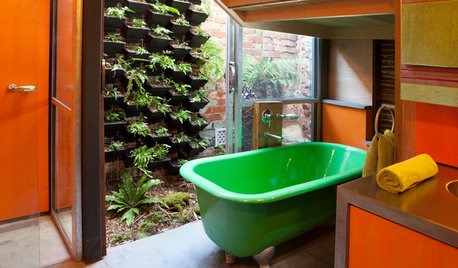
GARDENING GUIDESOn the Up and Up: Expert Advice for Growing a Green Wall
Houzz pros share solutions for 7 common challenges you can face with a vertical garden
Full Story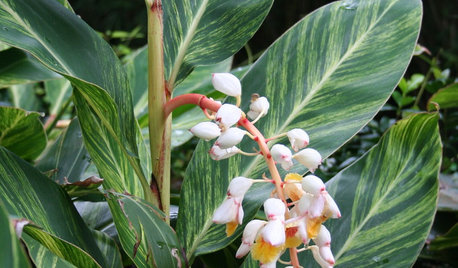
GARDENING GUIDES7 Tropical Bulbs for a Summer Garden That Wows
Try these stunners in summer's powerful heat for garden thrills with an exotic flair
Full Story
EDIBLE GARDENSSummer Crop: How to Grow Blueberries
Plant blueberries in spring or fall for garden beauty through three seasons — and a sweet superfood in summer
Full Story
FRUIT TREESHow to Grow Your Own Persimmons
Sturdy and easy to care for, these trees offer bright fruit through winter — and keeping them in bounds is no sweat
Full Story





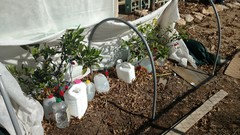
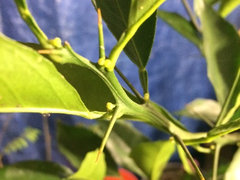
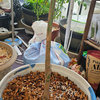

poncirusguy6b452xx